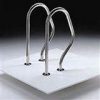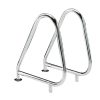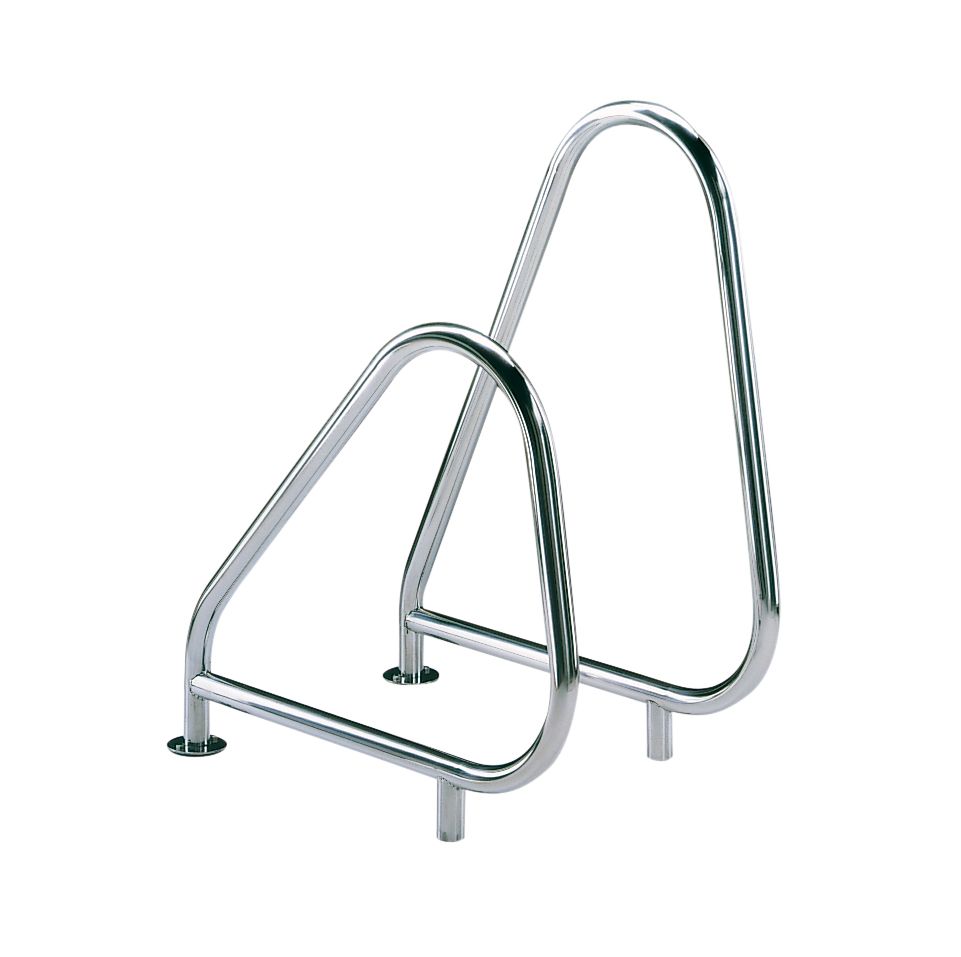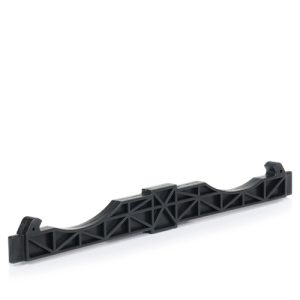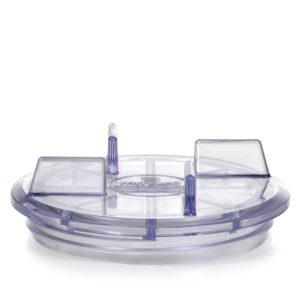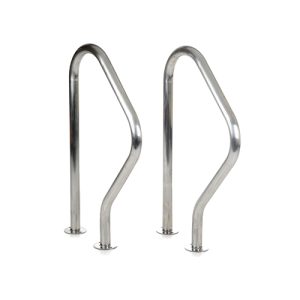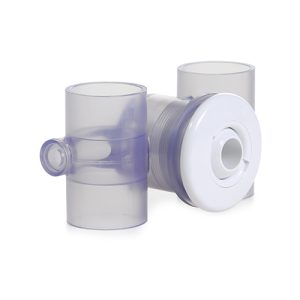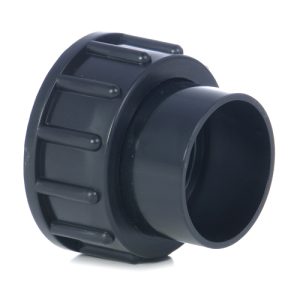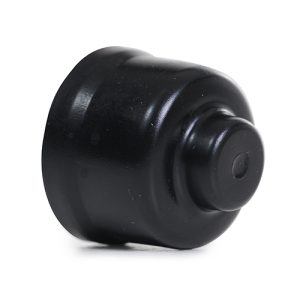Astral Grab Rail Asymmetric – for anchor fixing (not included) l 00111
£583.00 Inc VAT
Astral Grab Rail Asymmetric – For Anchor Fixing
Professional Asymmetric Pool Safety Rail
As a retailer of pool and spa parts, I offer this specialized asymmetric grab rail from Astral. This professional-grade safety fixture features an asymmetric design that accommodates specific pool entry configurations, providing secure hand support positioned to match natural user movement patterns during pool access.
What is an Asymmetric Grab Rail?
An asymmetric grab rail features a non-symmetrical design where the rail’s shape, positioning, or reach differs on each side. Unlike standard symmetrical rails that mirror on both sides, asymmetric rails are engineered to match specific entry configurations, user needs, or architectural constraints where uniform positioning isn’t optimal or practical.
This design flexibility allows the rail to provide support exactly where users need it most during entry and exit, accommodating situations where steps, ladders, or deck features create asymmetric access patterns. The rail can be positioned to follow natural hand placement during these movements, improving both safety and user comfort.
Construction and Materials
Based on Astral’s product line standards, this grab rail is manufactured from high-quality AISI-316 stainless steel (marine-grade), providing exceptional corrosion resistance essential for pool environments. The polished finish offers both aesthetic appeal and functional benefits including smooth grip surfaces, easy cleaning, and enhanced corrosion protection.
The robust construction ensures the rail can support substantial loads—typically several hundred pounds—meeting or exceeding safety standards for pool access equipment. The materials and construction are designed for permanent installation in both residential and commercial pool facilities.
The asymmetric configuration allows for optimized tube positioning that would be impossible with symmetrical designs, placing support exactly where biomechanics and safety requirements dictate rather than forcing users to adapt to standardized rail positions.
Anchor Fixing Installation Method
This rail is designed for anchor fixing installation, meaning it attaches to the pool deck using mechanical anchors that are set into the concrete surface or deck structure. This mounting method provides secure, permanent installation while allowing installation on existing decks without the major reconstruction required for embedded systems.
Important Note: Anchors are not included with this rail. The installer must specify and source appropriate anchoring systems based on deck material, thickness, load requirements, and local building codes. This separation allows professionals to select optimal anchors for each specific installation condition.
Anchor fixing requires proper concrete or deck conditions—adequate thickness, sound material without significant cracks or deterioration, and appropriate concrete strength to support the anchor loads. Professional assessment of deck suitability is essential before proceeding with installation.
Advantages of Asymmetric Design
The asymmetric configuration provides several key benefits over standard symmetrical rails. It accommodates complex entry scenarios where steps, ladders, or other features create non-uniform access patterns. Users can maintain natural hand positioning throughout the entry or exit sequence rather than adjusting to symmetrical rail placement.
For pools with space constraints or architectural features that prevent symmetrical installation, asymmetric rails provide solutions where standard rails cannot be properly positioned. The design can work around obstacles, follow deck contours, or integrate with existing pool features.
In accessibility applications, asymmetric rails can be positioned to provide optimal support for users with specific mobility limitations or those who approach the pool from predetermined directions. This targeted support placement enhances safety for users who most need assistance.
The asymmetric design also offers aesthetic advantages in architectural installations where visual balance or design continuity requires rail positioning that doesn’t follow standard symmetrical patterns.
Installation Considerations
Professional installation by qualified contractors is essential for this specialized rail. The asymmetric design requires careful planning to ensure proper orientation—installing the rail backwards or in the wrong position defeats its purpose and may create safety hazards.
Installation planning must consider:
- Correct rail orientation relative to pool entry points
- Proper height above deck surface per code requirements
- Adequate clearances from pool edge and other features
- Load distribution across anchor points
- Structural capacity of the deck at mounting locations
- Compliance with accessibility standards if applicable
The installer must select appropriate anchor systems based on specific conditions. Factors include deck material type (concrete, pavers, wood), thickness, expected loads, environmental exposure, and local building codes. Anchor selection significantly affects installation safety and longevity.
Anchor installation requires precision drilling, proper hole preparation, correct anchor insertion depth, and appropriate torque application during fastener tightening. Errors in any of these steps can compromise rail security and create dangerous conditions.
Safety Standards and Compliance
Pool grab rails are governed by comprehensive safety standards addressing design, materials, installation, and load capacity. These regulations exist to ensure rails provide reliable support without creating hazards.
Installers must verify compliance with relevant standards including:
- Building codes specifying rail placement, height, and strength
- Accessibility standards (such as ADA in the United States) if applicable
- Pool safety regulations governing aquatic facility access features
- Load-bearing requirements (typically 250-500 pounds minimum depending on application)
- Spacing and positioning requirements relative to steps or ladders
The asymmetric design must be installed in its intended orientation to meet these standards. Improper installation can result in support positioned where users cannot effectively reach it, defeating the safety purpose.
Maintenance Requirements
Regular inspection and maintenance ensure continued safe operation. Check mounting points periodically, especially during the first year after installation, to verify anchors remain secure and no movement has developed. Any looseness requires immediate investigation and correction.
Inspect the rail structure for any damage, deformation, or deterioration. While stainless steel is highly durable, impact damage or extreme conditions can affect structural integrity. Address any concerns promptly.
Clean the rail regularly with fresh water to remove chlorine residue, chemical deposits, and environmental contaminants. This simple maintenance significantly extends the rail’s service life and maintains its polished appearance.
For routine cleaning, mild soap and water with a soft cloth suffices. Avoid abrasive cleaners or tools that could scratch the finish. While stainless steel is corrosion-resistant, maintaining the polished surface enhances this protection.
In harsh environments—coastal locations with salt spray, areas with aggressive water chemistry, or regions with extreme temperature variations—increase inspection frequency to detect any developing issues before they become serious problems.
Applications
This asymmetric grab rail is suitable for:
- Pools with non-standard entry configurations requiring customized support positioning
- Installations where architectural features or space constraints prevent symmetrical rail placement
- Accessible pool designs requiring optimized support for specific user movement patterns
- Commercial facilities with complex pool geometries
- Renovation projects adapting to existing deck features
- High-end residential installations where custom design is priority
- Therapy pools where entry patterns are predetermined by therapeutic protocols
The professional-grade construction makes it appropriate for demanding commercial environments while the specialized design meets needs that standard rails cannot address.
Professional Installation Required
The specialized nature of this rail, combined with its anchor fixing method and safety-critical function, makes professional installation essential. This is not a DIY-friendly product—proper installation requires expertise in structural anchoring, understanding of load distribution, knowledge of applicable codes and standards, and experience with asymmetric rail orientation.
Qualified installers should:
- Assess deck structural adequacy before proceeding
- Specify appropriate anchor systems for the conditions
- Plan rail positioning considering user traffic patterns and safety requirements
- Execute installation following manufacturer guidelines and code requirements
- Test the completed installation to verify secure mounting
- Document the installation for facility records
Improper installation creates serious liability exposure in addition to safety risks. The investment in professional installation is insignificant compared to the consequences of failure.
Product Specifications
| Specification | Details |
|---|---|
| Product Type | Asymmetric Pool Grab Rail |
| Design | Asymmetric configuration for specialized applications |
| Material | AISI-316 Stainless Steel (marine-grade, inferred from product line) |
| Finish | Polished (inferred from product line standards) |
| Installation Method | Anchor fixing (permanent deck mounting) |
| Anchors | Not included – must be specified and sourced separately |
| Application | Pool entry/exit safety support for asymmetric configurations |
| Environment | Suitable for chlorinated and saltwater pools |
| Installation | Professional installation required |
| SKU | 00111 |
| Category | Pool & Spa Spares |
Planning Your Installation
Before purchasing, work with a qualified pool contractor or safety equipment specialist to:
- Verify this asymmetric rail suits your specific pool configuration
- Confirm the rail orientation matches your entry patterns
- Assess deck conditions and anchor requirements
- Ensure compliance with applicable codes and standards
- Develop a complete installation plan including anchor specifications
This planning ensures the significant investment in this specialized rail delivers the intended safety benefits and meets all regulatory requirements.
Quality Investment for Specialized Applications
This asymmetric grab rail represents a premium solution for pool access situations where standard symmetrical rails cannot provide optimal support. The specialized design, professional-grade materials, and robust construction ensure decades of reliable service in demanding pool environments.
While the initial investment is substantial, the combination of marine-grade stainless steel construction, specialized asymmetric design, and professional installation creates a permanent safety feature that protects users while meeting the most stringent commercial and residential safety standards.
Related products
Spares
Spares
Spares

